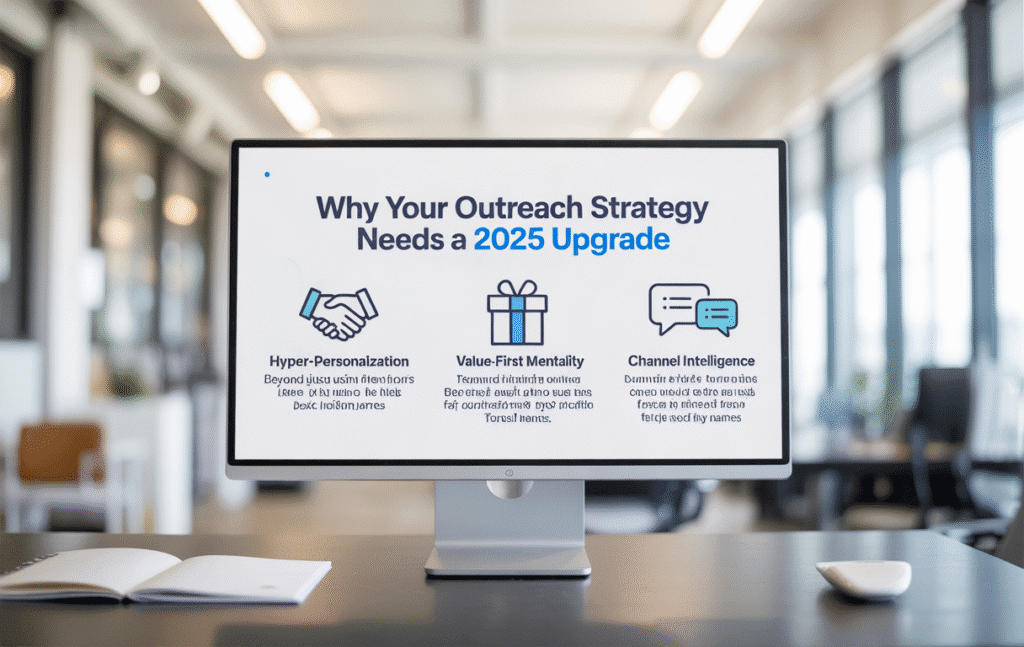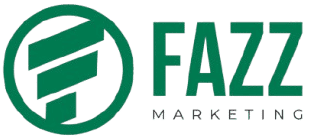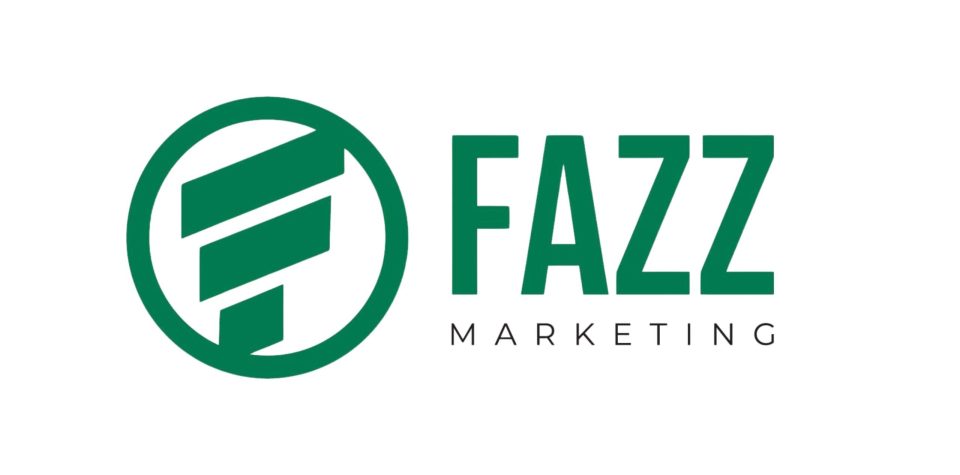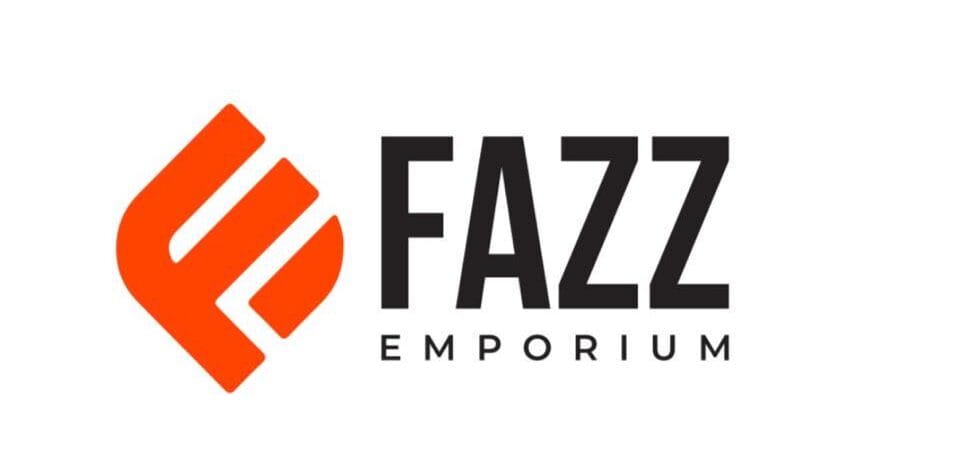The best way to reach out to people in 2025 isn’t to choose just one method. The most effective strategy is to use a mix of email, LinkedIn, and phone calls together in a personalized sequence. You should start with a personalized LinkedIn connection, follow up with an email that references your first contact, and then maybe use a quick phone call to follow up. The key is to be personal, provide value, and use the different channels to support each other, not just picking one.
Why Your Outreach Strategy Needs a 2025 Upgrade
The digital landscape is more crowded and noisy than ever. Professionals are inundated with messages, and their attention is the ultimate currency. Generic, lazy outreach doesn’t just get ignored—it can damage your brand reputation and get you marked as spam.

In 2025, successful outreach is defined by three core principles:
- Hyper-Personalization: It’s no longer enough to use a first name. Successful outreach references a recent achievement, a shared connection, or a specific pain point relevant to the recipient’s role and industry.
- Value-First Mentality: Your first message should never be a blunt ask. Instead, it must offer something of immediate value: an insightful article, a helpful introduction, a solution to a problem you’ve identified.
- Channel Intelligence: Understanding the unspoken etiquette of each platform is key. What works in a LinkedIn DM will fall flat in a formal email and vice versa.
Let’s dive into the specifics of each channel.
The Deep Dive: Email, LinkedIn, and Phone in 2025
1. Email Outreach 2025: The King of Formal Communication
Email remains a cornerstone of professional B2B outreach trends 2025. It’s asynchronous, formal, and provides a permanent record, making it ideal for detailed proposals and follow-ups.
Pros:
- Professionalism and Formality: Email is universally accepted for business communication, especially for higher-level executives (VPs, C-suite) who may prefer it over social channels.
- Rich Content: You can include links, images, PDFs, and case studies directly in the body of the message or as attachments.
- Automation and Tracking: Tools like Mailtrack, HubSpot, or Outreach.io allow you to track opens, link clicks, and schedule follow-up sequences at scale, providing valuable data on campaign performance.
- Asynchronous: The recipient can respond on their own time, which is less intrusive than a phone call.
Cons:
- Overcrowded Inboxes: The average office worker receives over 120 emails per day. Breaking through the clutter is your biggest challenge.
- Spam Filters: Aggressive spam filters can easily divert even well-intentioned emails if they contain certain trigger words or come from a suspect domain.
- Impersonal if Done Poorly: Mass, templated emails are easy to spot and instantly deleted.
When to Use Email:
- For sending longer-form content, proposals, or detailed information.
- When targeting senior executives who are less active on social media.
- For formal communication that requires a paper trail.
- As part of an automated nurture sequence for lead generation.
2025 Stats & Tips:
- While overall open rates vary by industry, highly targeted, personalized subject lines can achieve open rates of 30% or higher.
- Tip: Use video. Tools like Loom or Vimeo Record allow you to send a personalized video message via email. Seeing a friendly face dramatically increases engagement and trust. A short video saying, “I saw your post on X and had a thought…” can be incredibly powerful.
2. LinkedIn Outreach Strategies: The Networking Powerhouse
LinkedIn has evolved far beyond a digital resume. It’s now a vibrant content and networking platform, making it a prime channel for how to reach out to prospects in 2025.
Pros:
- Warmth Through Context: You can see a prospect’s activity, endorsements, shared connections, and content they engage with. This provides invaluable context for personalization.
- Less Formal Barrier: The tone on LinkedIn can be slightly more conversational and social than email, making the initial connection feel more natural.
- The “Social Proof” Advantage: A connection request or message that references a shared group or mutual contact is far more likely to be accepted.
- Multi-Format Engagement: You can engage with their content (thoughtfully comment on a post) before sending a connection request, warming up the cold outreach.
Cons:
- Character Limits: LinkedIn InMail and message character limits force you to be incredibly concise, which can be a challenge.
- Notification Overload: As more salespeople flock to LinkedIn, DMs are becoming increasingly crowded, especially for high-profile individuals.
- Platform Dependency: You’re at the mercy of LinkedIn’s algorithm and terms of service. Over-messaging can get your account restricted.
When to Use LinkedIn:
- When you have a clear commonality (shared connection, alma mater, group).
- To engage with someone who is actively posting and engaging on the platform.
- For shorter, more conversational messages to build rapport before moving to email.
- Ideal for reaching mid-level managers, marketers, and tech professionals who are highly active on the site.
2025 Stats & Tips:
- Connection requests with a personalized note have an acceptance rate up to 3x higher than blank requests.
- Tip: Never lead with a pitch. Your connection request should be about them. Try: “Hi [Name], I really enjoyed your article on [Topic]. I particularly agreed with your point about [Specific Point] and have shared it with my team. Would be great to connect.”
3. Cold Calling in 2025: The Bold Personal Touch
The dreaded cold call. Is it dead? Absolutely not. But in 2025, it’s been reborn as “warm calling” or “strategic calling.” It’s the most direct and personal of all networking methods 2025.
Pros:
- Immediate Feedback and Personal Connection: You hear their tone, answer objections in real-time, and build rapport through voice inflection and active listening. It’s the richest form of communication.
- Bypasses Digital Noise: A phone call cuts through a flooded inbox and a busy LinkedIn DM list. You have their undivided attention for a few precious seconds.
- High Impact: When done correctly, a phone call can accelerate a relationship faster than a dozen emails. It shows confidence and initiative.
Cons:
- Highly Intrusive: It interrupts the recipient’s day, which can immediately create friction and defensiveness if not handled expertly.
- Low Success Rate: Gatekeepers, voicemail, and sheer reluctance to answer unknown numbers make connection rates notoriously low. Many modern offices don’t even have direct desk phones.
- Requires Significant Skill: It demands excellent verbal communication, quick thinking, and resilience in the face of constant rejection.
When to Use the Phone:
- As a follow-up to an email or LinkedIn message you know they’ve seen. (e.g., “I’m just following up on my email about…”).
- For time-sensitive opportunities.
- When targeting roles that are typically phone-centric (e.g., sales VPs, operations managers).
- If your product or service is complex and requires a real-time conversation to explain.
2025 Stats & Tips:
- Despite the challenges, conversion rates for connected cold calls can be significantly higher than email, with some industries reporting 2-3x better results for qualified leads.
- Tip: Use triggers. Call a prospect within minutes of them downloading a whitepaper from your site or engaging with a key piece of content. This is the definition of a “warm call.” Your opener: “Hi [Name], this is [Your Name] from [Company]. I saw you just downloaded our guide on [Topic] and wanted to call quickly to see if you had any questions right away.”
How to Choose the Best Outreach Method for Your Business in 2025
So, which one should you use? Ask yourself these questions to build your strategy:
- Who is my target audience? (C-Suite → Email. Tech-Savvy Marketer → LinkedIn. Sales Director → Phone/Email mix).
- What is my goal? (Schedule a Meeting → Phone/Email. Share Content → LinkedIn/Email. Build Rapport → LinkedIn).
- What is my capacity? (Phone is high-touch, low-volume. Email and LinkedIn can be automated and scaled more effectively).
- What does my data say? This is the most important step. A/B test! Send similar messages to similar audience segments using different channels and track your reply rates, meeting bookings, and conversion rates. Let your own data be your guide.
The Ultimate Verdict: The Multichannel Sequence
The true best outreach method 2025 isn’t a single channel—it’s a strategic, personalized multichannel sequence.
Here’s an example of a powerful modern outreach workflow:
- Day 1: Send a highly personalized LinkedIn connection request referencing a recent post.
- Day 3: Once they accept (which they’re more likely to do because of your personalized request), send a thoughtful follow-up DM on LinkedIn with a valuable resource.
- Day 5: Send a personalized email that builds on the LinkedIn conversation. “Great to connect on LinkedIn the other day. I was thinking about our chat and thought you might find this case study relevant…”
- Day 7: If no response, make a strategic “warm call.” “Hi [Name], it’s [Your Name]. I just wanted to follow up on the email and LinkedIn message I sent over this week about [Value Proposition].”
This approach surrounds your prospect with a consistent, value-added message across their preferred channels, dramatically increasing your chances of breaking through.
Conclusion: Stop Choosing, Start Integrating
The debate isn’t Email vs. LinkedIn vs. Phone. The winning strategy is Email and LinkedIn and Phone. In 2025, the most successful networkers and sales professionals are channel-agnostic. They understand the unique strengths of each platform and weave them together into a cohesive, respectful, and value-driven outreach tapestry.
Stop thinking about single-touch networking methods 2025. Start building multichannel sequences that respect the prospect’s time and preferences. Personalize relentlessly, lead with value, and let data guide your decisions.
Ready to upgrade your outreach strategy? Start by auditing your last 50 outreach attempts. Map the channel, the message, and the response rate. The future of connection is integrated—and it’s waiting for you



Pingback: The Real Formula of Success: Discipline, Patience & Consistency – Fazz Marketing